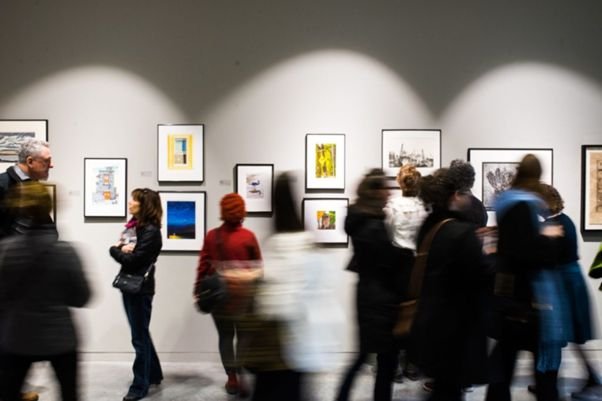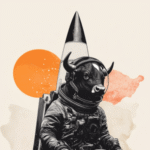In the ever-evolving world of art, the past decade has witnessed a transformative journey in the culture of buying art. As cultural and economic landscapes have shifted, so too has the way individuals engage with and invest in art. This article explores the dynamic changes in art history and the culture of art acquisition over the last decade, offering compelling statistics and figures to entice those stepping into the market.
The Rise of Online Platforms:
Among the pioneers of this digital revolution is the London Art Exchange (LAX), a prominent player in the online art marketplace. LAX has played a pivotal role in reshaping the landscape of art acquisition by providing a curated online platform that bridges the gap between artists and collectors. The platform has not only facilitated the discovery of emerging talents but has also made the process of acquiring art more seamless and accessible.
According to their internal data, LAX reported a significant uptick in online art sales, with a remarkable 120% year-over-year increase in transactions from 2019 to 2020. This growth underscores the success of platforms like LAX in adapting to the digital age, providing a dynamic space where art enthusiasts can explore, engage, and invest in art from the comfort of their own homes. The success of LAX exemplifies the evolving synergy between traditional art curation and the limitless possibilities offered by online galleries, creating an environment where the art market thrives in both the physical and virtual realms.
Democratization of Art Access:
The last decade has seen a shift in the perception of art as an exclusive domain for the elite. With the advent of online platforms, art has become more accessible to a broader audience. According to the Hiscox Online Art Trade Report 2021, the global online art market is estimated to be worth $4.82 billion, showcasing the growing democratization of art acquisition. This shift has empowered new collectors to explore and engage with the art market.
Emergence of NFTs:
The art world has witnessed a revolutionary intersection with technology through the rise of Non-Fungible Tokens (NFTs). NFT sales reached $2.5 billion in the first half of 2021, according to a report by NonFungible.com. These digital tokens, representing ownership of unique digital or physical assets, have introduced a new dimension to art ownership. Artists and collectors are now exploring the potential of blockchain technology to authenticate and trade digital art, reshaping the landscape of art acquisition.
Changing Preferences in Art Genres:
Art preferences have evolved over the past decade, with a noticeable shift in the types of art gaining popularity. Contemporary art and street art have seen a surge in demand, reflecting a desire for art that resonates with current societal and cultural trends. According to the Art Market Report 2021 by Art Basel and UBS, contemporary art sales accounted for 45% of the global art market in 2020, signalling a growing interest in the art of our time.
Social Media Influence:
The influence of social media on art acquisition cannot be overstated. Platforms like Instagram have become virtual galleries, allowing artists to showcase their work and collectors to discover new pieces. The Art Basel and UBS report notes that 60% of art collectors use Instagram to discover new artists. Social media has become a powerful tool for artists to build a global audience and for collectors to stay informed about emerging trends.
The art market has undergone a remarkable transformation over the last decade, propelled by technological advancements, shifting preferences, and a more inclusive approach to art acquisition. With online platforms providing unprecedented access, the rise of NFTs introducing new possibilities, and social media influencing art discovery, the landscape is rich with opportunities for those entering the market.
For those stepping into the world of art acquisition, these trends signify a dynamic and evolving market. The statistics and figures presented here showcase not only the financial potential of art investment but also the cultural and technological shifts that make this an exciting time to engage with the rich tapestry of art history. As the next decade unfolds, the art world promises even more innovation and opportunity for collectors, both seasoned and new.




















